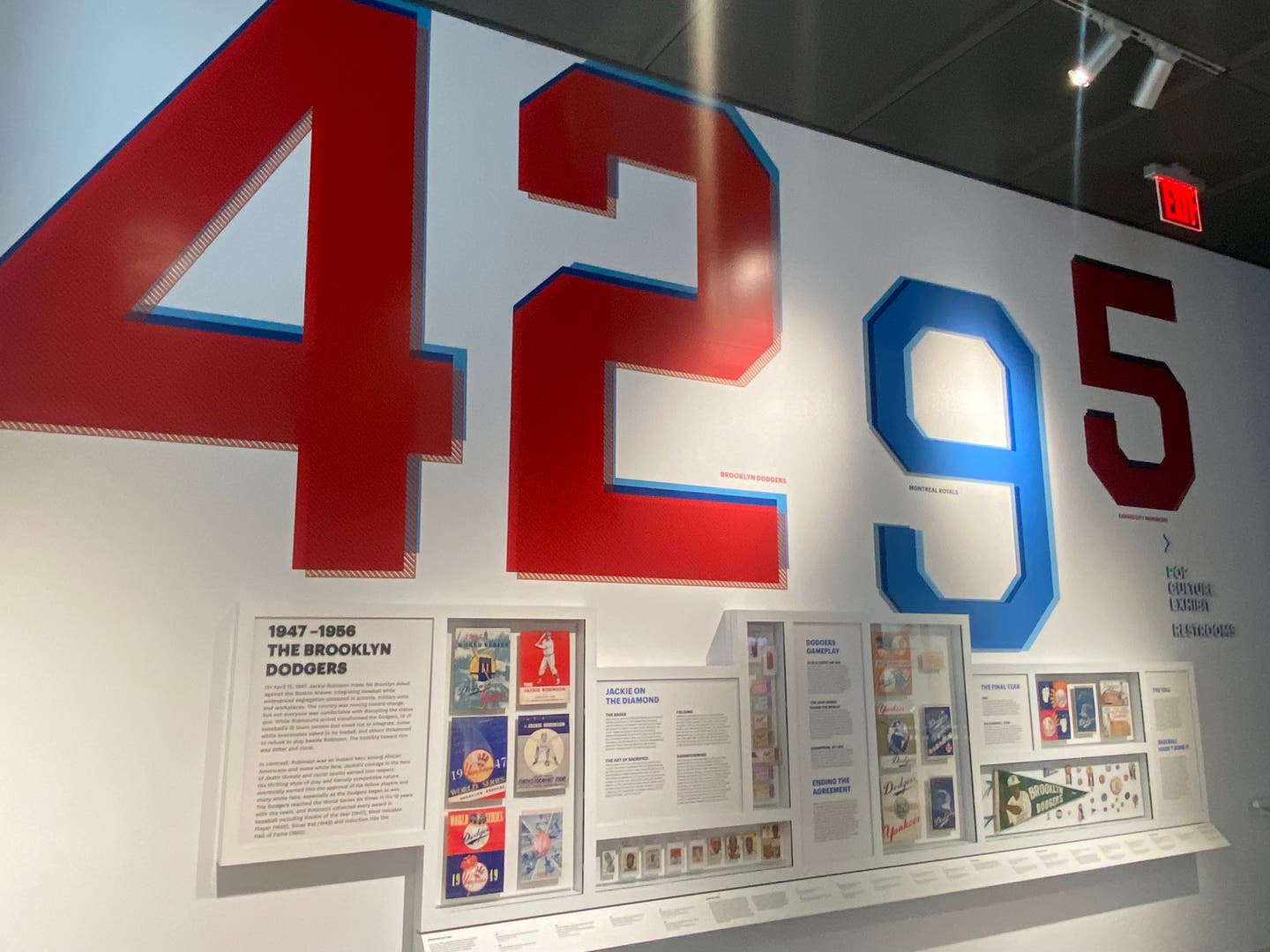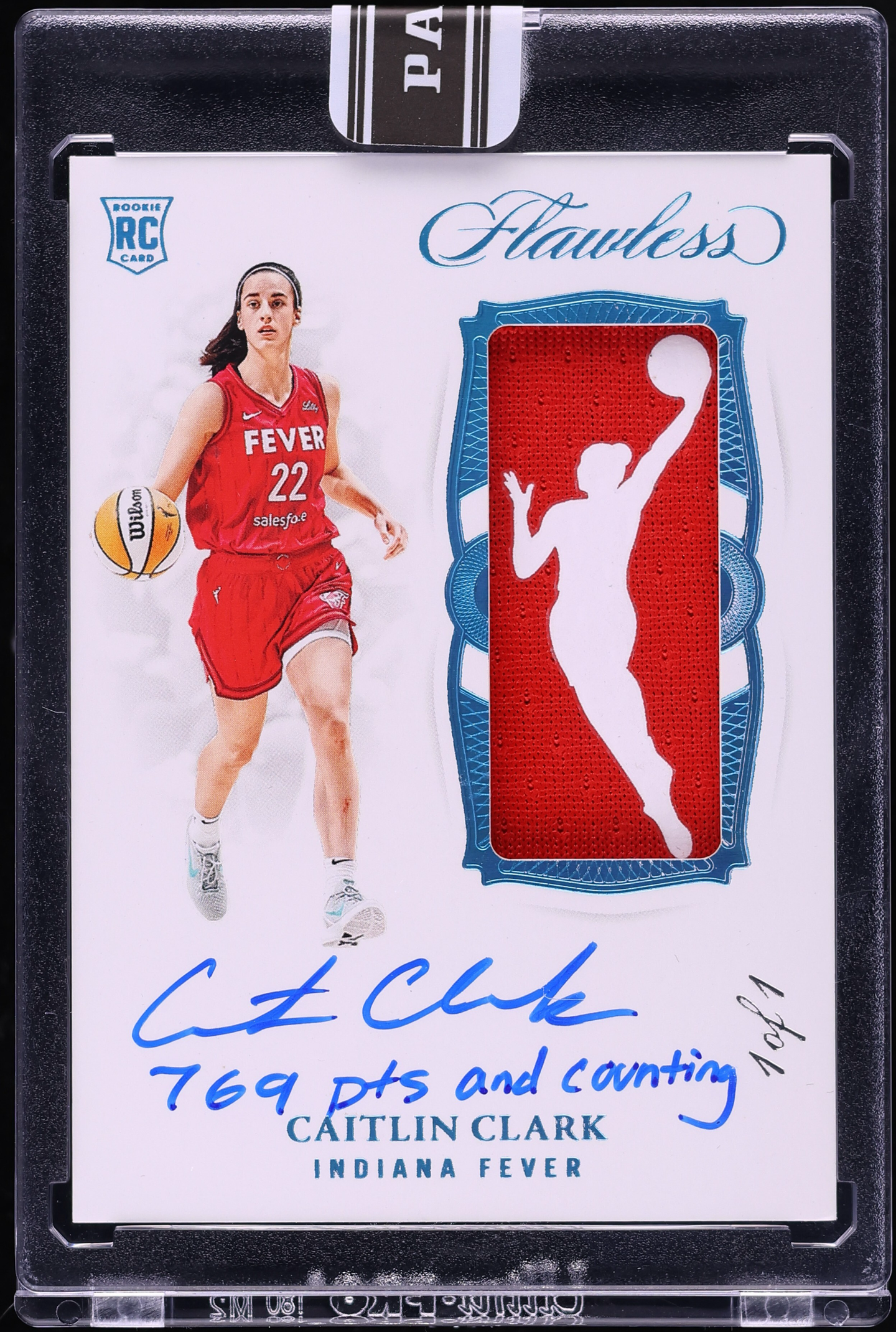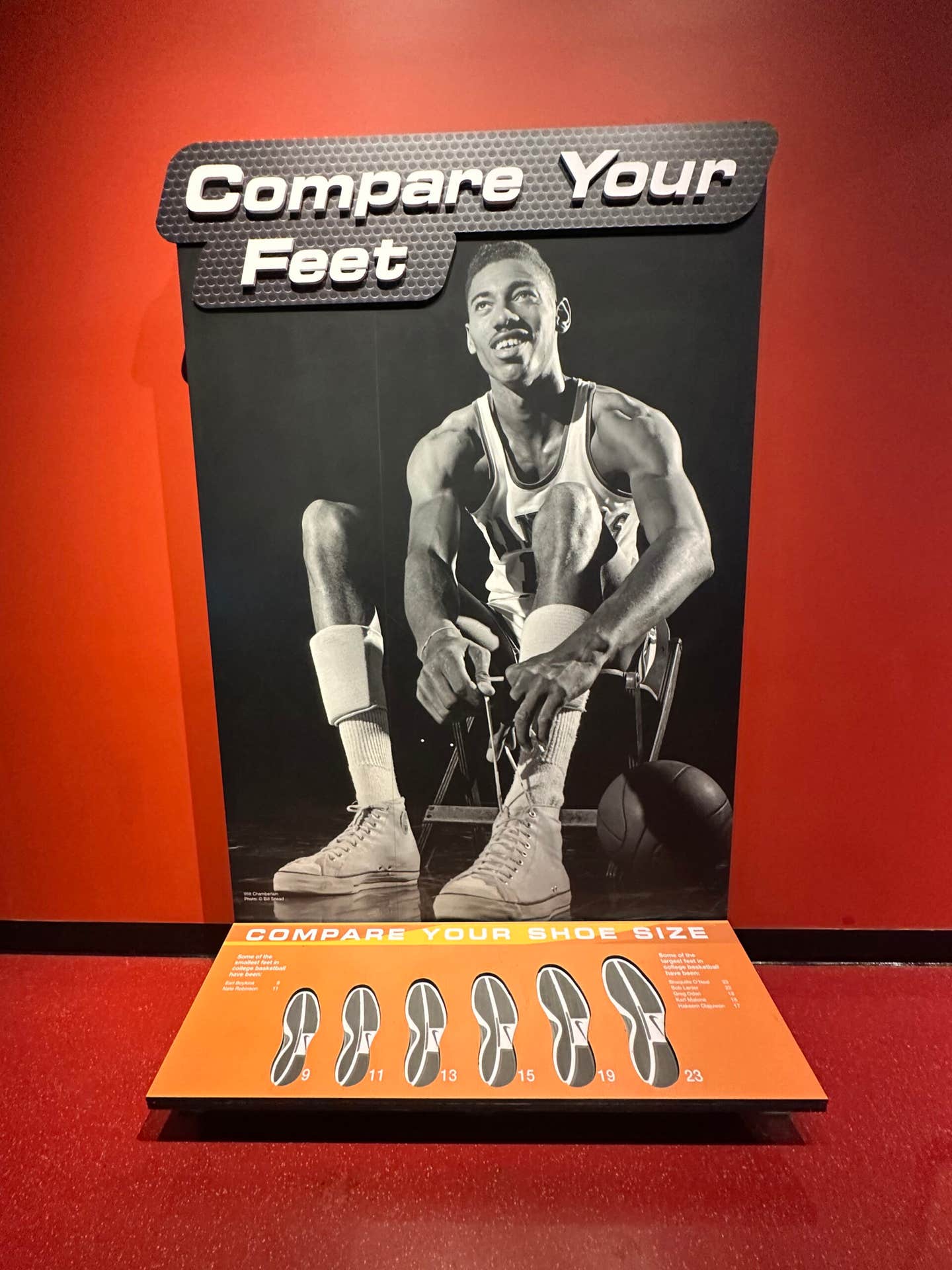
News
Jackie Robinson Museum honors baseball great, civil rights leader, and an American hero
There are few athletes in the world who have the honor of getting their own museum.
Soccer legend Pelé has one in his native Brazil. The great Olympian and football star Jim Thorpe has his own museum located inside the Oklahoma Sports Hall of Fame. Even former New York Yankees catcher Yogi Berra is honored on the campus of Montclair State University near his former New Jersey home.
But only one museum is dedicated to a man who was both a great athlete, trailblazer, cultural icon, civil rights leader, and humanitarian. The Jackie Robinson Museum, located in the heart of New York City, stands as a powerful testament to the extraordinary life and enduring legacy of one of baseball’s most beloved and influential figures.
The museum, which opened in 2022, offers visitors a comprehensive and immersive experience into Robinson’s life, career, indomitable spirit, groundbreaking achievements, and unwavering commitment to social justice. Indeed, Robinson played a pivotal role in the game and American life as the first African American to break the color barrier in Major League Baseball during the 1947 season. His courage and resilience paved the way for countless others to follow, inspiring a movement towards racial equality on and off the field.
Once inside the two-floor museum, visitors are greeted by an array of exhibits that provide an in-depth exploration of Robinson's life, accomplishments, and his impact on society. The exhibits feature an impressive collection of artifacts, personal memorabilia, photographs, and interactive displays that allow visitors to engage with Robinson’s life and legacy.
Highlighted by a timeline that details his life and achievements, the museum chronicles Robinson’s childhood, college career, his journey through the Negro Leagues, and his trailblazing entry into the majors with the Brooklyn Dodgers.
ROBINSON LEGACY
Robinson was born on Jan. 31, 1919, in Cairo, Ga. Raised in a family of modest means in Pasadena, Calif., Robinson displayed exceptional athletic prowess from an early age. He excelled in multiple sports during his high school years, demonstrating his versatility as a football, basketball, track, and baseball star. After graduating from Pasadena Junior College, he transferred to UCLA, where he continued to showcase his athletic prowess.
Robinson’s career took an unexpected turn when he was drafted into the U.S. Army during World War II. Despite facing discrimination within the military, he rose to the rank of second lieutenant. It was during this time that Robinson’s talents on the baseball field caught the attention of Branch Rickey, who at the time served as general manager of the Brooklyn Dodgers.
In 1947, Robinson made history by becoming the first African American player in the modern MLB era. His entry into a game reserved for whites challenged the deeply ingrained racial segregation that plagued the United States. Enduring intense racial prejudice and animosity, Robinson displayed remarkable restraint, discipline, and strength of character. He refused to let hatred and bigotry define him. Instead, as the museum outlines, he focused on his love for the game and his desire to excel.
The timeline and video displays shed light on the challenges Robinson faced, such as discrimination and hostility from fans and players. The timeline is also dotted with important artifacts, including the original bronze Baseball Hall of Fame plaque from 1962.
Throughout his 10-year MLB career with the Dodgers, Robinson achieved numerous accolades. He was named Rookie of the Year in 1947, National League MVP in 1949, and selected for six consecutive All-Star Games. In 1962, he was inducted into the Baseball Hall of Fame, solidifying his place in history as one of the greatest players of all time.
In addition to the baseball-centric exhibits, the museum delves into Robinson's advocacy for civil rights and his broader contributions to society. It highlights his efforts to combat racial inequality and his involvement in the Civil Rights Movement throughout the 1960s, emphasizing his enduring impact beyond the realm of sports.
After retiring from baseball in 1956, Robinson continued to make a positive impact through his involvement in business, broadcasting, and activism. He dedicated himself to various philanthropic endeavors, focusing on issues such as education and the advancement of minority rights. Beyond his achievements on the field, Robinson was an active proponent of civil rights. He used his platform to advocate for equality, working alongside prominent figures such as Martin Luther King Jr. Robinson understood the significance of his role as a trailblazer and embraced it with grace and humility.
ROBINSON’S DREAM
So why is the museum located in lower Manhattan and not Brooklyn? Robinson’s widow, Rachel Robinson, pushed for it to be located in Manhattan as a means of attracting more visitors, given its proximity to tourist destinations such as Wall Street and ferries that go to the Statue of Liberty.
Rachel Robinson announced the plan for a museum on April 15, 2008, the 61st anniversary of Jackie breaking the big league color barrier. Over the course of more than a decade, the Jackie Robinson Foundation raised $38 million to build the museum but two financial crises, Hurricane Sandy and then the pandemic, over the course of 14 years, created obstacles. Even MLB chipped in with a $1 million donation in 2015.
“The Jackie Robinson Museum is the realization of a dream for my family. My mother has long hoped for a permanent space where people learn about the issues my father cared deeply about and the change he fought hard to affect,” said David Robinson, Jackie’s youngest son. “We hope the Museum will be a place to not only learn more about his time in baseball and love of sports but about all that he did to contribute to social progress. We extend our deepest appreciation to everyone who helped make this dream a reality.”
The Jackie Robinson Museum also serves as an educational platform, promoting dialogue and understanding about the importance of equality and diversity. Through interactive programs, workshops, and educational initiatives, the museum aims to inspire future generations to carry forward Robinson's legacy.
At the museum’s ribbon-cutting ceremony, New York’s Mayor Eric Adams said Robinson embodies the American dream.
“There’s nowhere on the globe where dream is attached to our name — or our country’s name,” Adams said. “There’s not a German dream, there’s not a French dream, there’s not a Polish dream. Darn it, there’s an American dream. And this man and wife took that dream and forced America and baseball to say you’re not going to be a dream on a piece of paper; you’re going to be a dream in life. We are greater because of No. 42 and because he had an amazing wife who understood that dream and vision.”
Several exhibits stand out, especially to those who love memorabilia and collectibles. One wing of the museum also features ticket stubs from Robinson’s games as well as Dodgers programs and yearbooks. A section of the wall display also features Robinson’s baseball cards, including his 1948 Leaf rookie card and his 1952 Topps card. Those who can’t afford the originals can buy replicas in the gift shop located near the main entrance.
Robinson was also a pop culture icon. The museum houses original movie posters from the 1950 film “The Jackie Robinson Story” and the 2013 flick “42: The Jackie Robinson Story.” It even features autographs from the cast, including the late Chadwick Boseman, who played Robinson.
Visitors of all ages have the opportunity to participate in engaging activities, such as virtual reality experiences, guided tours, and live presentations. A series of 42 touch screens — each programmed with short video messages regarding Robinson’s life — features former ballplayers like Sandy Koufax and CC Sabathia. A replica of Ebbets Field, where the Dodgers played before relocating to Los Angeles in 1957, includes a video screen that gives the history of New York and the Dodgers from that era.
These experiences provide a dynamic and immersive learning environment, enabling visitors to gain a deeper appreciation for Robinson’s enduring impact and the continued relevance of his message.
Robinson died on October 24, 1972, at the age of 53. His legacy, however, lives on. Today, Robinson's name is synonymous with courage, resilience, and the fight against inequality. The museum that honors him is a tangible legacy of all those qualities for all to see.
— The Jackie Robinson Museum is located at 75 Varick St., New York, NY. Visit jackierobinsonmuseum.org for hours and to purchase tickets.
Clemente Lisi








